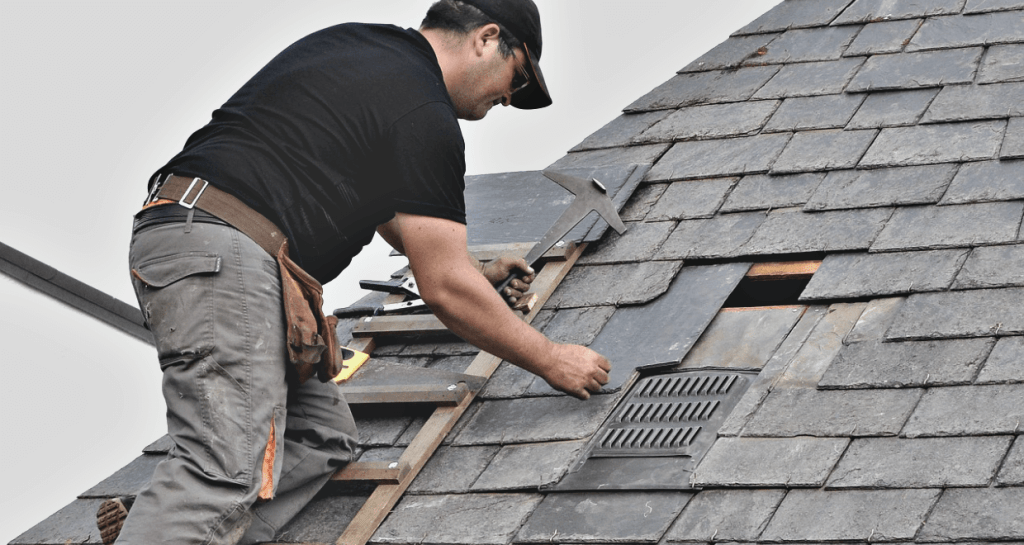Your roof is one of the most critical components of your home. It shields you from the elements and keeps you safe and dry. However, over time, wear and tear can cause shingles to come off the roof. In this article, we will discuss what you should do if you find yourself facing this issue and how to address it effectively.

Understanding the Causes of Missing Shingles
Before we delve into the steps to take when shingles come off your roof, it’s essential to understand why this problem occurs in the first place. Shingles can become dislodged due to various reasons:
- Weather Exposure: Extreme weather conditions, such as heavy rain, strong winds, or hail, can weaken the adhesion of the shingles to the roof, causing them to come loose.
- Aging Shingles: Over time, shingles may deteriorate, and the adhesive that holds them in place can weaken, making them more susceptible to coming off.
- Poor Installation: If your shingles were not correctly installed, they may be more prone to blowing off, especially in windy conditions.
- Damage to Underlayment: Damage to the underlayment or the decking beneath the shingles can lead to shingle loss.
What to Do When Shingles Come Off Your Roof
When you discover that shingles have come off your roof, it’s crucial to address the issue promptly to prevent further damage. Here’s a step-by-step guide on what to do:
1. Safety First
Before you attempt any repairs, prioritize safety. If the missing shingles have left any sharp edges or exposed nails, be cautious to avoid injury. If the damage is extensive, it’s best to leave it to the professionals.
2. Inspect the Damage
Carefully inspect the area where the shingles have come off. Look for any signs of water damage, rot, or other issues that may require immediate attention. Take note of the extent of the damage and the type of shingles that need replacement.
3. Gather Materials
To address missing shingles, you will need some essential tools and materials, including replacement shingles, roofing nails, a hammer, a utility knife, roofing adhesive, and a caulking gun.
4. Replace Missing Shingles
If you have the necessary skills and are comfortable working on your roof, you can attempt to replace the missing shingles. Here’s how:
a. Carefully lift the shingle directly above the missing one to access the damaged area.
b. Remove any remaining pieces of the old shingle and nails.
c. Slide the new shingle into place, making sure it lines up with the existing shingles. Secure it with roofing nails.
d. Apply roofing adhesive under the edges of the shingle to create a watertight seal.
5. Address Underlying Issues
If the damage to your roof extends beyond missing shingles, you may need to address underlying issues such as damaged underlayment or decking. This is a job best left to experienced roofing professionals who can ensure the structural integrity of your roof.
6. Perform Regular Maintenance
To prevent shingles from coming off your roof in the future, it’s essential to perform regular roof maintenance. Inspect your roof periodically for signs of damage or wear, and address any issues promptly.
Conclusion
When shingles come off your roof, it’s a problem that requires immediate attention. Understanding the causes of shingle loss and knowing how to address the issue can help you protect your home from further damage. Whether you decide to tackle the repairs yourself or hire a professional roofing contractor, addressing missing shingles promptly is crucial for the longevity and performance of your roof. By following these steps, you can ensure your roof continues to provide the protection and comfort your home needs.



Leave a Reply